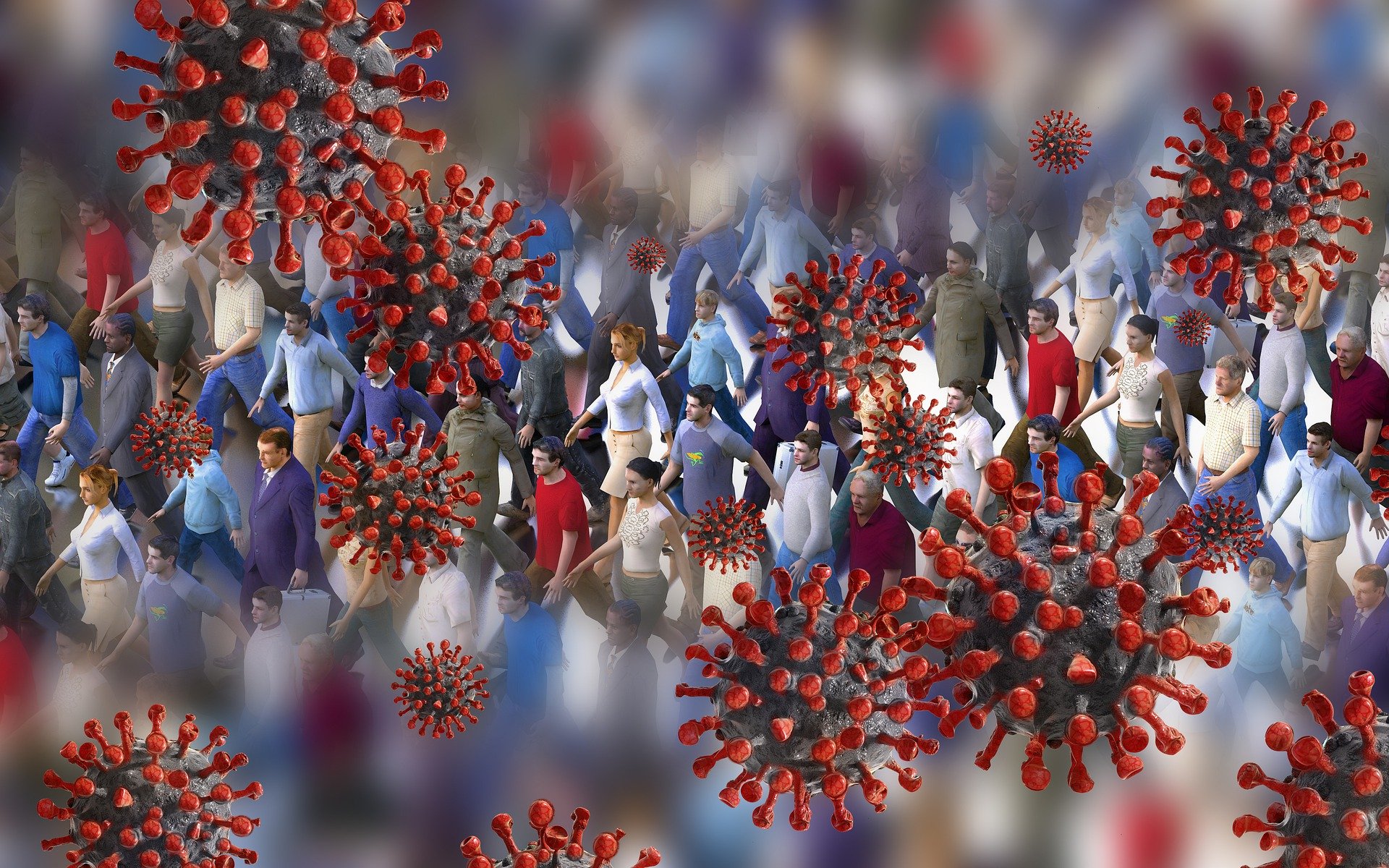
Swiss scientists have identified the sites on the ‘armour’ of SARS-CoV-2 that are most often targeted by antibodies. The University of Geneva (UNIGE) announced last Friday that these ‘cracks’ are a potential target for a possible vaccine.
Tests are used to determine whether a person has developed antibodies against the coronavirus. However, these do not provide information about the exact site of the virus where antibodies bind themselves. This is nonetheless an essential factor in determining the ability of the human immune system to neutralize the pathogen and destroy the infection. Scientists from the University of Geneva and the University Hospitals of Geneva (HUG) have identified three of the targets (linear epitopes) that are most frequently selected by the antibodies of a group of patients who have survived COVID-19.
Virulent epitopes vs vigilant antibodies
Two of these epitopes are implicated in the process that the virus uses to release its genetic material into human cells. The identification of such very specific targets is crucial for the development of effective vaccines and treatments. Especially if they are found to be capable of neutralizing the virus (which is not known as yet).
“The human body is constantly producing very diverse antibodies at random,” explains Nicolas Winssinger, professor at the Department of Organic Chemistry at UNIGE’s Faculty of Sciences. “There are trillions of them, all very different. They are waiting for a potential intruder. They then attach themselves to it and mark it as a target to be destroyed by the immune system. When a new pathogen such as SARS-CoV-2 turns up, some of these antibodies have the ability to bind to it and trigger an effective immune system response. But not everyone selects the same antibodies. As a consequence, not everyone develops the same immune response. The current COVID-19 epidemic is characterized by very diverse reactions to the coronavirus. One person hardly notices anything, while someone else dies from it.
Search for a binding site for antibodies
In order to better understand this diversity, the teams led by Professors Winssinger and Vuilleumier sought to find out which antibodies are preferentially selected in people who have had COVID-19. In this process, they concentrated on the sites where the antibodies bind themselves. The specific target of the antibodies is called the epitope.
Twelve patients participated in the study. The results confirmed that the responses are far from uniform. The only thing that all participants had in common, was that they produced antibodies that targeted the spikes that cover the coronavirus’s surface. Except they bind to these large proteins on very different sites. Yet despite this, the scientists identified three sites that were selected most frequently. And two of them correspond to binding sites that are essential for special proteins (proteases), allowing the coronavirus to fuse with the cell membrane and release its genetic material into its prey.
Top or bottom of the spike?
“We were surprised by this result,” explains Professor Winssinger. “So far, most of the work done in this area has focused on the upper part of the spike, which we know are capable of binding the coronavirus to the target cell. The fusion of the virus with the cell is only the second phase. But in reality, it is more critical.”
IIn fact, the bond to a cell does not yet allow the virus to fuse with the cell. Moreover, the problem with the upper part of the spike is that it is not necessarily an ideal target for a drug or vaccine, and could even be dangerous. Studies on monkeys infected with SARS-CoV1 – the virus responsible for the 2003 epidemic and part of the same family of coronaviruses – have shown that antibodies that bind to this site do not always prevent viruses from binding to their target cells.

